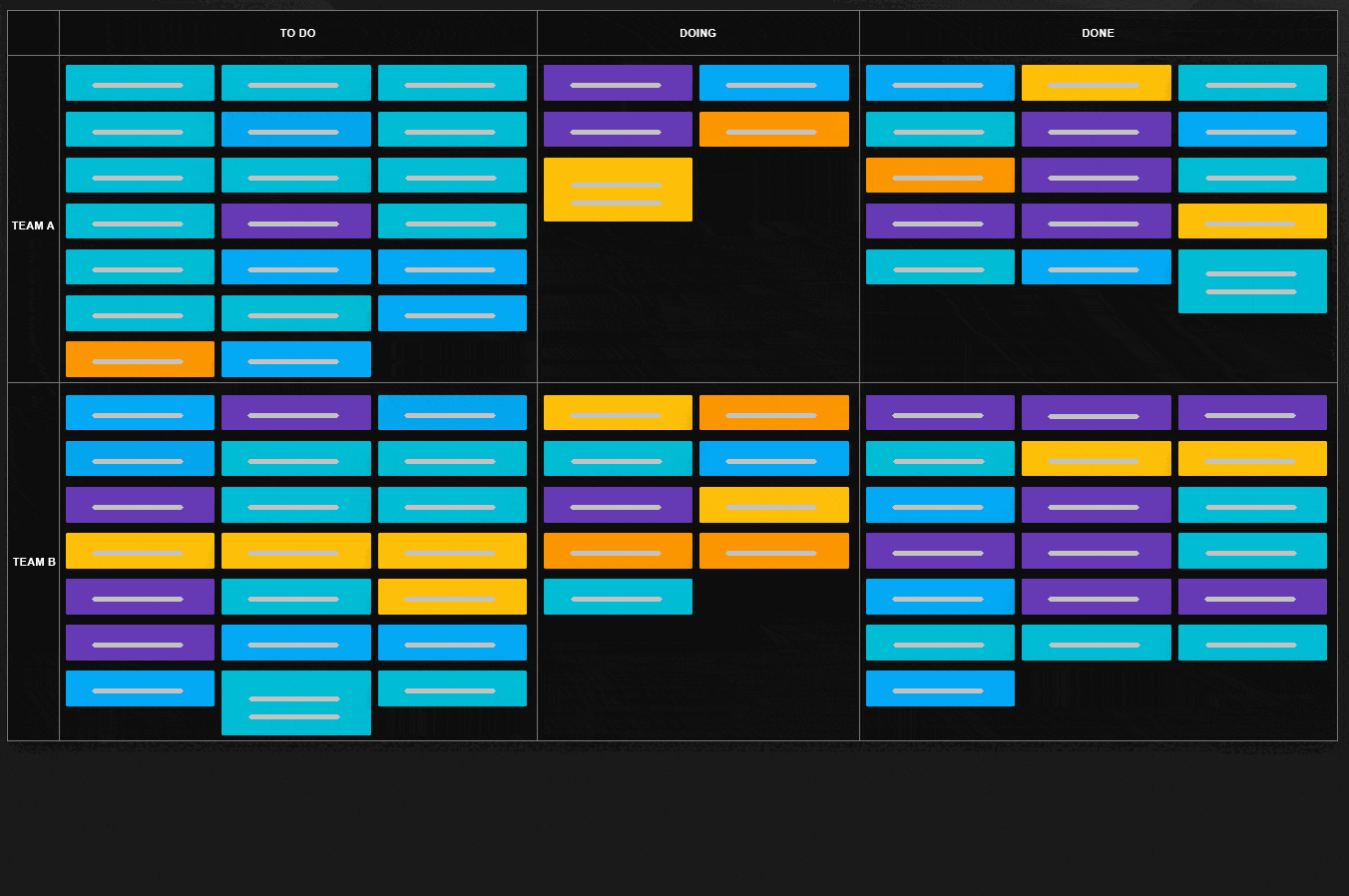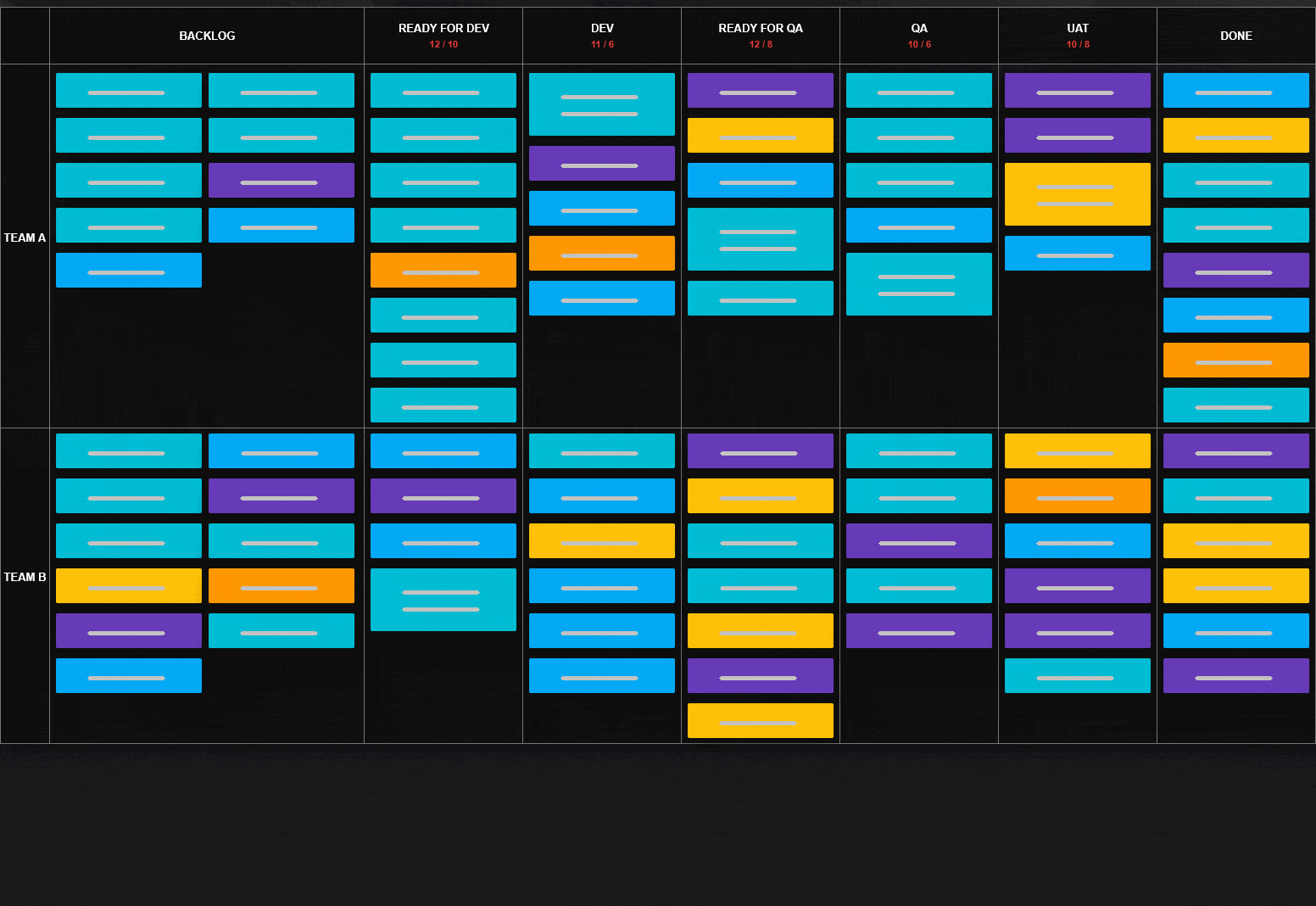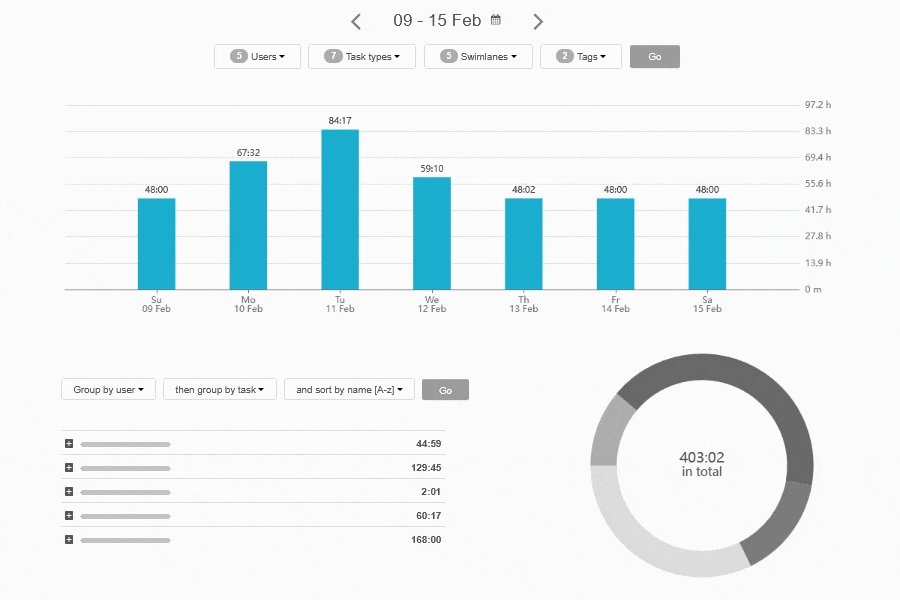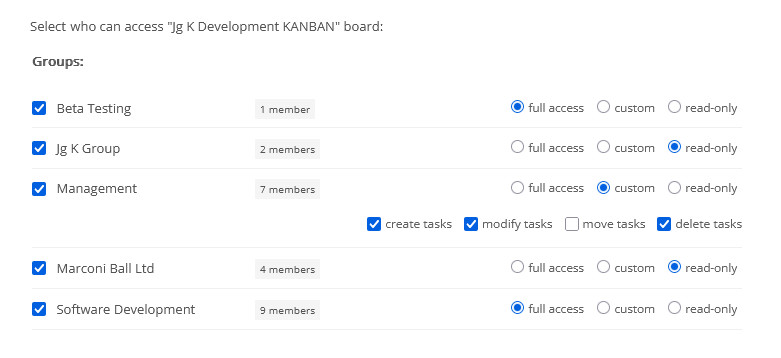Blog
Getting Kanban Right From Day One23 Jun 2025

The appeal of a Kanban board is immediate: a clean visual workflow, where sticky notes gracefully glide from To Do to Done, bringing a sense of structure without the rigidity of Gantt charts or traditional project plans. However, for Kanban newcomers, the elegance of the board can mask subtle traps that undermine productivity instead of enhancing it.
Some of the traps are structural, while others are cultural or procedural—let's unpack them and develop practical strategies to sidestep them before bad habits form within your team.
1. Confusing a to-do list with a workflow
Using a Kanban board as a glorified task list is a common misstep. Columns labeled To Do - Doing - Done can easily lull teams into thinking they've mapped their workflow. As generic a column structure as that may reveal a lack of process clarity.
Fix: Define your columns based on the actual process steps you take while working. For example, instead of a lump Doing stage, break work into distinct phases, e.g., Code Review, QA Testing, Ready for Release. Each column should represent a discrete, observable stage in the delivery of value. Focusing on value forces an articulation of how work moves—not just that it moves.

2. Continuing to work without WIP limits
Beginners often load up the board with as many tasks as possible, mistaking quantity for momentum. Without work-in-progress limits tasks stagnate, context-switching increases, and teams find themselves losing focus and juggling items, rather than delivering.
Fix: Make the most of Kanban by setting strict WIP limits per column. If In Development has reached a limit of three, then the fourth task must wait for one of the three to complete. This enforces focus, reveals bottlenecks, and naturally encourages everyone to resolve stuck work over just starting new items, leaving the blocked tasks for later.

3. Neglecting explicit policies
It's rare for new Kanban practitioners to define the rules of engagement: What qualifies as “Ready for Testing?" Can a task jump straight from “Backlog” to “Done?" When is a task blocked? The absence of distinct policies and definitions can turn the board into a free-for-all mess.
Fix: Analyze and document the exact entry and exit criteria for each board column. These policies will act as process guardrails. Example: To move a task to QA, it must have passed peer review and include test coverage for all new code. Keep these policies on the board itself and review them, as well as the team's adherence to them, during retrospectives.

4. Using the board as a static artifact
Many teams get tempted to craft their Kanban board as a diorama: neat, color-coded, and untouched. No one updates it, and cards fossilize in place. A system like that becomes a visual graveyard of a work plan, not a living system illustrating the process as it happens.
Fix: The board has to be treated as a daily-use tool. Make it the core of your daily stand-ups. When priorities shift, reflect the changes immediately. Archive completed tasks and delete irrelevant ones. When a column becomes a task parking lot, re-evaluate its function and its meaning to your workflow.
5. Misjudging task granularity
Tasks of a wide scale and scope make it impossible to visualize flow; while tiny tasks generate noise. Kanban adopters often fall into either extreme - creating cards that are either too vague (“Improve page access") or too granular (“Plan login function”, “Write login function”, “Test login function”, “Push login function”).
Fix: Tune the task size so that it can deliver a meaningful chunk of value within a couple of days. You may find it helpful to adopt the “one-task-per-card, one-card-moves-per-day” heuristic as a calibration metric. When your cards never move, or you move them every few minutes, it’s a signal that the scope is off.
6. Failing to signal blockers
Kanban can shine in surfacing process bottlenecks, but only if users actively expose them. Many teams silently let tasks languish in columns, without any indication that they’re blocked. This way, the board shows “in progress” work, but not the problems preventing progress.
Fix: Use clear markers such as tags, colors, or anything else that will visibly flag impediments. Define what makes a task “blocked” and ensure the team pauses to resolve blockers rather than work around them.

7. Forgetting feedback loops
The Kanban method isn’t just about flow—it’s about learning about your process and teamwork. Without inspecting flow metrics such as cycle time, throughput, and cumulative flow, teams miss crucial feedback on their effectiveness.
Fix: Track and review basic flow metrics regularly. Lead time measures how long tasks sit on the board in total; cycle time tells you how long it takes to actively complete a task; throughput reveals how much you deliver in a given time. Use them as diagnostic tools for tuning WIP limits, re-balancing the team, or redesigning process steps within your workflow.

8. Treating the board as a team-only utility
Another common mistake is assuming the board is for the internal team only. But when stakeholders are out of the loop, they often default to calling status meetings, flooding you with emails, or other unplanned interruptions.
Fix: Make the board accessible—and intelligible—to non-active team members and all stakeholders. Add summary tags, clear titles, and annotations if/where necessary. You can set up a read-only stakeholder view and encourage viewers to filter the board for what matters to them at the moment. It's crucial that the board reduces status reporting, not adds to it.

9. Underestimating the need for a cultural shift
Adopting Kanban without shifting underlying habits usually creates dissonance. Teams carry over hierarchical approval processes, over-commitment, or reactive work practices, all of which break Kanban’s flow-oriented model.
Fix: Pair Kanban implementation with room for behavioral changes. Empower the team to say “no” to new work when WIP limits are hit. Teach managers to prioritize flow over busyness. Make policies transparent and non-negotiable. A well-thought-out Kanban board reveals process and team dysfunctions, but it can’t fix them unless you act.
Summing up
Kanban is deceptively simple. It doesn’t impose a full-on methodology, which gives teams flexibility, as well as responsibility. A poorly implemented Kanban board will fail quietly: tasks won’t get done, and no one will be quite sure why.
Mastering Kanban means learning to see and present. To see and show the flow of work, the obstructions to that flow, and the organizational behaviors that shape it. With careful attention to structure, policy, and forming team habits, a Kanban board can become more than a task processing tool—it can become a lens into how your team really works. And that’s when real improvement can start.

Sign up for a 14-day free trial
to test all the features.
Sign up now and see how we can help
your organization deliver exceptional results.